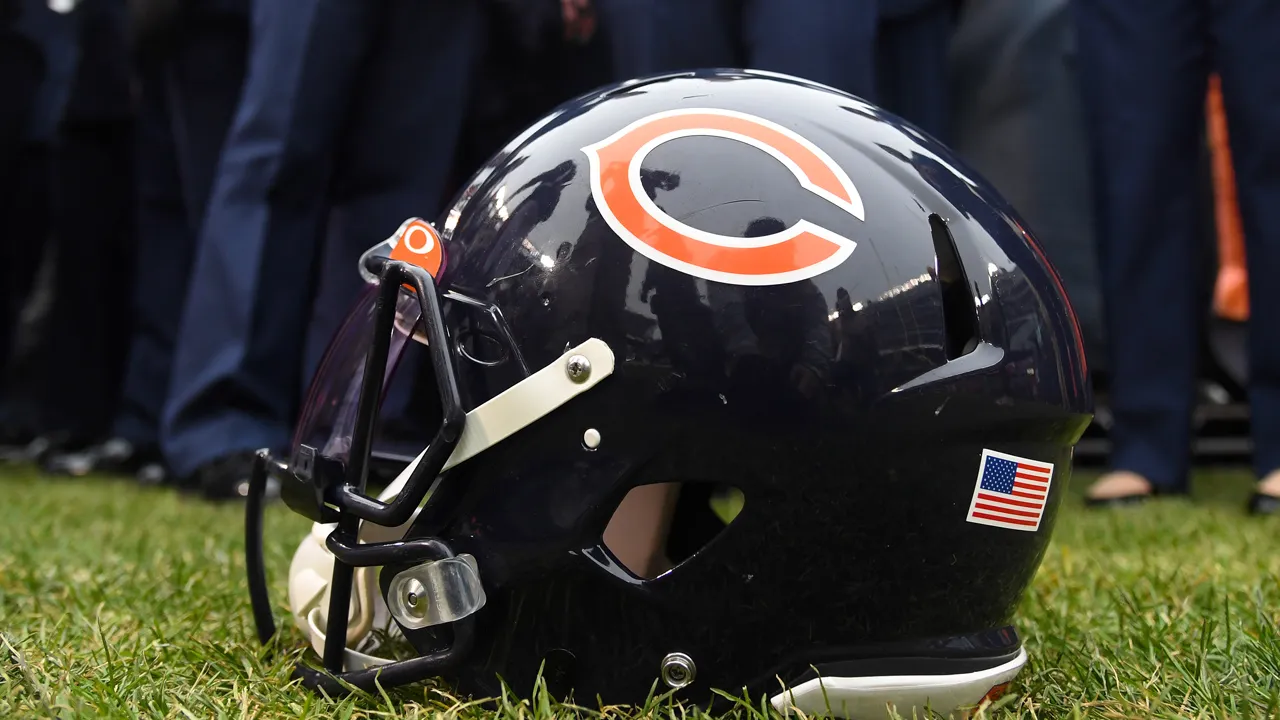This is the last in a series analyzing the Bears' decision-making during the 2017 free-agency period.
From 3/13: Bears free agency analysis: Alshon Jeffery non-deal left an understandable void
From 3/14: Bears free-agency analysis: Offseason OL pattern holds with Tom Compton
From 3/15: Bears free-agency analysis: Ryan Pace overhauls secondary
As the first and second waves of free agency recede, a handful of observations as to the effects the Bears' spate of signings will have on the bigger, 2017 picture, with the overall conclusion that the Bears are better than a year ago, although "better" does not equate to "good," which the Bears need more than a few signings to be.
It would be difficult for the Bears not to emerge from the signing period any worse off than they finished the 2016 season. And while the dozen signings did not carry the splash factor of a handful of others (cornerback Stephon Gilmore to the New England Patriots, defensive lineman Calais Campbell to the Jacksonville Jaguars, wide receiver Alshon Jeffery to the Philadelphia Eagles), at the very least the Bears upgraded themselves, if not as much as they or their fan base might've preferred.
But the reality is that at the positions of need, the Bears got incrementally better over where they were in 2016, like the additions or not.
NFL
Quarterback: Mike Glennon for Jay Cutler/Brian Hoyer? Cutler and Hoyer are career mid-level NFL quarterbacks at best. Until Glennon proves something, he's not there yet. The Bears are gambling that he has upside that none of their incumbent options had; until then... +/-? Minus
Defensive line: The Bears defense suffered when nose tackle Eddie Goldman was down with an ankle injury. Opponents averaged 3.8 yards per carry in the six games Goldman played, 4.8 in the 10 he missed, replaced by chiefly by Will Sutton. Bears signed former New Orleans Saints/Seattle Seahawks nose tackle John Jenkins on Friday. Jenkins or Sutton? +/-? Plus
Cornerback: Prince Amukamara and Marcus Cooper will not make Chicago forget Charles Tillman anytime soon. And they did not rate on a par with Gilmore, A.J. Bouye or Logan Ryan. But the Bears started Jacoby Glenn, Bryce Callahan, Cre'Von LeBlanc and Johnthan Banks at the corner opposite Tracy Porter. Callahan has upside but the signings are steps up from the 2016 collage. +/-? Plus
Safety: Quintin Demps at 32 is a de facto bridge rather than long-term solution. And with two picks in the first 36, the Bears will be in position to add a top-shelf safety via the draft. In the meantime, Demps or Harold Jones-Quartey? Or Adrian Amos? +/-? Plus
Receiver: Losing Jeffery created a void in the passing offense, taking away a wideout with 304 catches over the past five years. The Bears expect Cam Meredith and Kevin White to provide size on the outside, and went for speed in signings of Markus Wheaton and Kendall Wright, who combined for 387 catches over those same five years. +/-? Minus
Tight end: Zach Miller is the usual known unknown, coming back from IR. The Bears already re-signed Daniel Brown. Logan Paulsen among the NFL's most-penalized tight ends, with more infractions (6) than pass receptions (3), including none over the final eight games. Dion Sims graded out as a better blocker and had 26 receptions, including four games with as many or more as Paulsen had all season. +/-? Plus
Offensve line: The offense changed starting offensive lines five times last season, primarily because of injuries at guard (Kyle Long, Josh Sitton). Tackles Charles Leno and Bobby Massie accounted for a combined 31 of 32 starts, with Mike Adams stepping in at right tackle for one game (New York Gaints). Signing Tom Compton creates competition for Massie in particular, but also puts a proven swing tackle behind the starters. +/-? Plus


